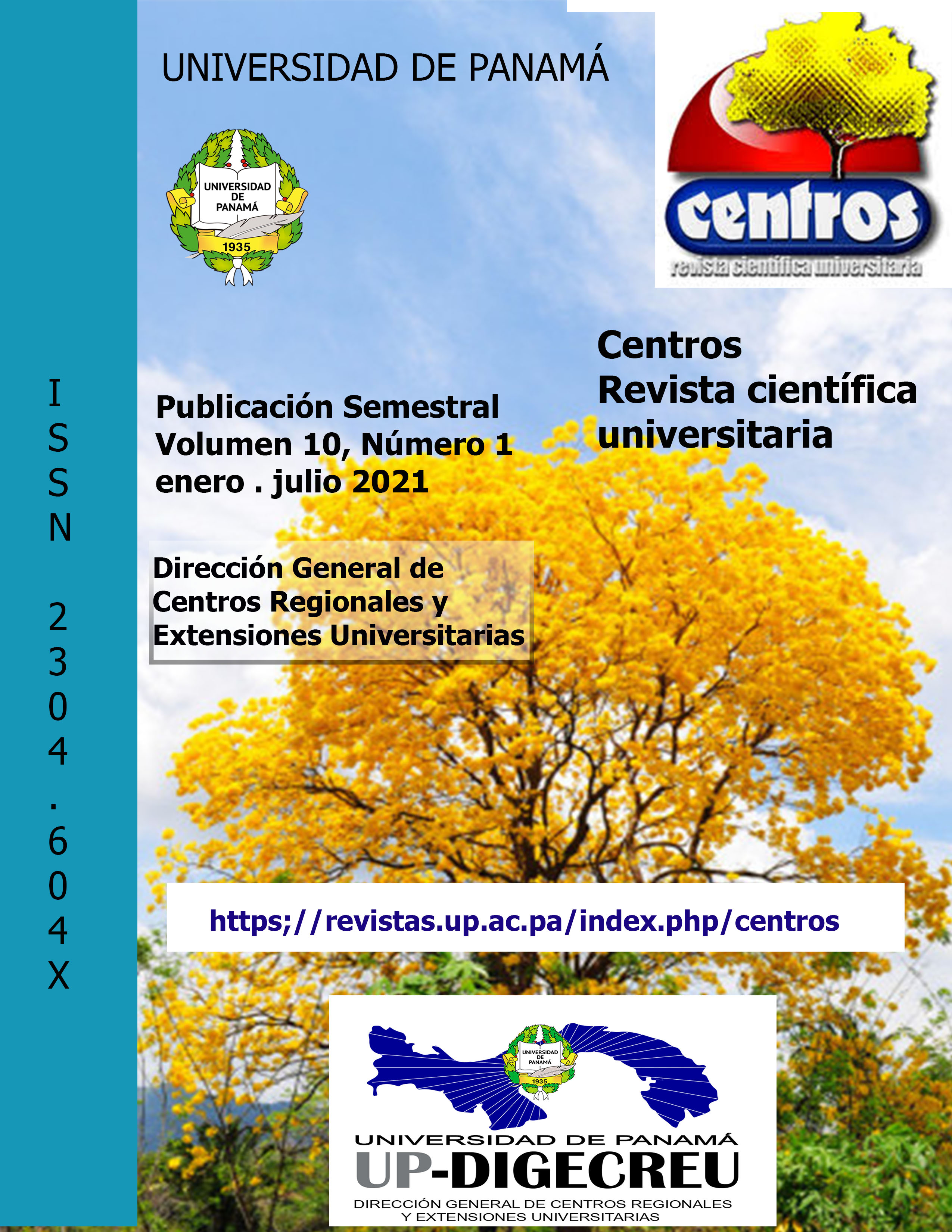

The new information and communication technologies, ICTs play an important role in these learning strategies, since they support students to take their courses in the place that is most accessible to them and at the time that is provided to their students, agenda needs. Teachers are supported in the way of interacting with their students and the way of sharing updated and accessible content.
The teacher identifies and selects the technological tools that will facilitate the creation of flexible learning environments for the creation of their courses or educational spaces. It is at this time when educational technology creates digital or virtual learning
environments to host online courses, classroom and online courses, and digital educational resources that enable flexibility in learning.
The role of the teacher changes, to be an advisor and learning guide, this gives the student the opportunity to receive personalized attention, with a wide response time and above all the management of endless resources and digital educational materials to share with students. In addition, this flexibility allows sharing with academic communities among other members of other universities, and there is greater time management for academic and administrative activities.